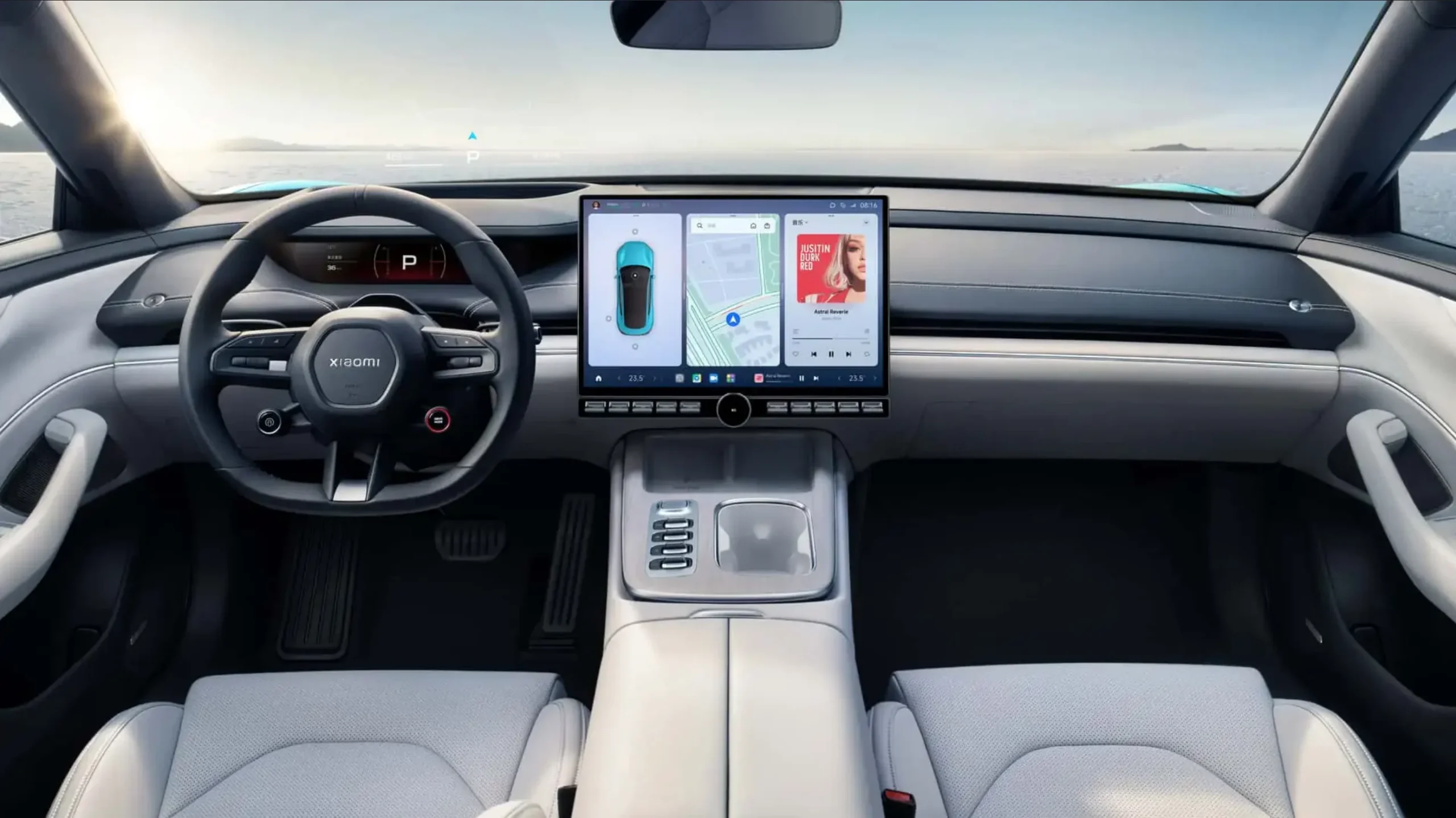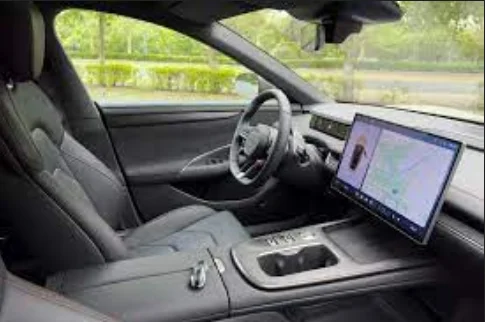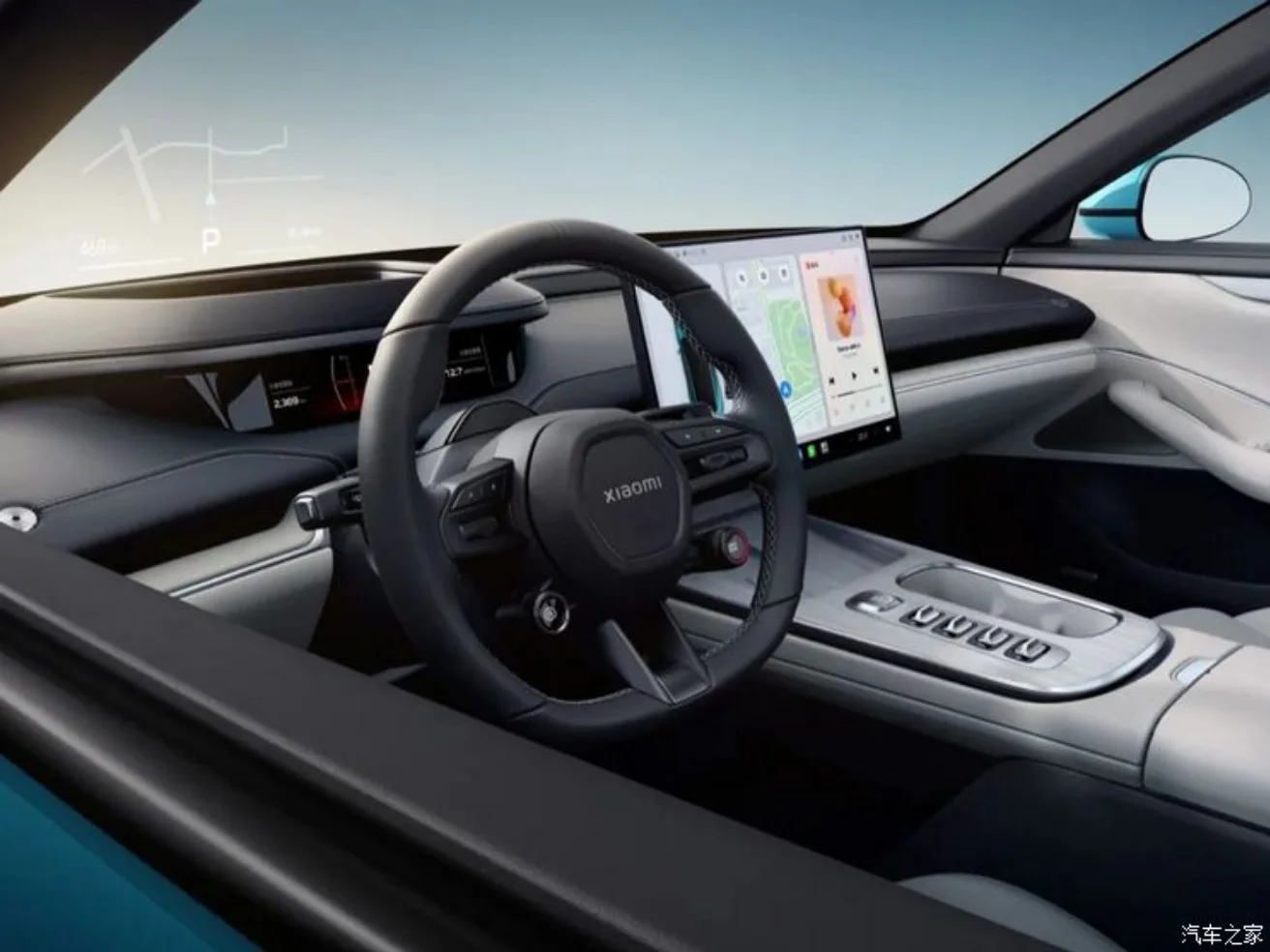Xiaomi SU7 Autonomy: Level 2+ or 3? Comparison & Convenience
Are Xiaomi Cars 100% Autonomous? A Deep Dive into the SU7 and YU7
Xiaomi’s foray into the automotive world with its highly anticipated SU7 electric vehicle, and the upcoming YU7 SUV, has certainly sent ripples through the industry. Everyone’s buzzing about these cars, and understandably so! But one of the biggest questions on everyone’s lips is: Are Xiaomi cars 100% autonomous? It’s a fair question, especially with the rapid advancements in self-driving tech. So, let’s buckle up, dive deep into Xiaomi’s autonomous driving systems, see how they stack up against the big players like Tesla, Waymo, and Mercedes-Benz, and figure out just how convenient this whole autonomous driving thing really is for us regular folks. We’re pulling info from the web and social media buzz up to August 2025 to give you the lowdown.
What Does “100% Autonomous” Actually Mean?
Before we get into the nitty-gritty of Xiaomi’s tech, we gotta get on the same page about what “100% autonomous” really means. The Society of Automotive Engineers (SAE) has this handy scale, from Level 0 all the way up to Level 5. Think of it like this:
- Level 0: No autonomy here. You, the driver, are 100% in control of everything.
- Level 1: Basic driver assistance. Things like cruise control fall into this. It helps a bit, but you’re still steering the ship.
- Level 2: Partial automation. This is where we see advanced driver-assistance systems (ADAS) like lane keeping assist or automatic emergency braking. The car can do some of the driving, but you must stay alert and ready to take over at any moment.
- Level 3: Conditional automation. The car can handle certain driving situations on its own, but you need to be ready to jump in when it signals. It’s like a temporary handover.
- Level 4: High automation. The car can drive itself without any human intervention, but only within specific conditions or geographic areas. It’s pretty smart, but it has its limits.
- Level 5: Full-blown autonomy. This is the holy grail – the car drives itself anywhere, in any situation, no human needed. No steering wheel? No pedals? Totally possible at this level.
So, a “100% autonomous” car would be a Level 5 beast. And as of now, not a single manufacturer has managed to roll out a Level 5 vehicle for everyday public use in normal traffic. Now, where does Xiaomi fit into all this?
Xiaomi’s Autonomous Aspirations: The SU7 and Beyond
Xiaomi officially entered the automotive arena in 2024 with the Xiaomi SU7, an electric sedan that’s clearly gunning for the likes of the Tesla Model 3 and the Porsche Taycan. This car is packed with what Xiaomi calls Xiaomi Pilot, their advanced autonomous driving system. It’s a sophisticated setup, using a bunch of sensors like LiDAR, high-definition cameras, and radars, all powered by hefty processors like Nvidia Orin and the Qualcomm Snapdragon 8295 chip.

The SU7 boasts features like self-parking, highway navigation, and even some slick maneuvering in tight spots – we’re talking about squeezing through parking gaps with only five centimeters of clearance on either side! A demo video showed the SU7 navigating a parking lot with impressive smoothness, gracefully dodging obstacles and other vehicles, which definitely turned heads.
However, let’s get straight to the point: Xiaomi cars are not 100% autonomous. The Xiaomi Pilot system is generally considered to be Level 2+ or Level 3, depending on the specific trim level (like Pilot Pro or Pilot Pro Max). What this means for you is that while the car can do some pretty cool things – like keeping you centered in your lane, adjusting speed in traffic, or parking itself – you absolutely need to keep your eyes on the road and your hands ready to grab the wheel.
In fact, recent tests in China highlighted some of these limitations. The SU7 Ultra, in some scenarios, apparently struggled with basic tasks like obeying traffic signals or executing a 180-degree turn. This led to some critiques and prompted Xiaomi to push out an update for its ADAS, reportedly using data from a massive 10 million real-world driving recordings. That’s a lot of data!
The Xiaomi YU7, an electric SUV slated for a 2025 release, seems to be following a similar path. Spy shots suggest that the base version might rely solely on camera-based vision for its autonomous features, potentially limiting its capabilities compared to the LiDAR-equipped models. Despite Xiaomi pouring a ton of cash into this tech – acquiring companies like Shendong Technology and earmarking a billion yuan for sensor and actuator improvements – they haven’t quite cracked Level 4 or 5 autonomy yet.
Putting Xiaomi in Context: A Look at the Competition
To really understand where Xiaomi’s autonomous driving stacks up, it helps to compare it with some of the established heavyweights in the game:
Tesla (Autopilot and Full Self-Driving – FSD)
Tesla has been a frontrunner in driver assistance with its Autopilot (Level 2) and its more advanced Full Self-Driving (FSD), which is pushing the boundaries of Level 2, with aspirations towards Level 3 or even 4. FSD allows for some pretty complex maneuvers, like navigating city streets and making automatic lane changes. However, just like with Xiaomi, constant driver supervision is still a must. Recent tests have shown Tesla’s systems performing better than Xiaomi’s in certain areas, like recognizing traffic signs or yielding, though Tesla hasn’t been immune to criticism for occasional failures, especially with unpredictable pedestrian behavior. Tesla’s choice to go with a vision-only approach (no LiDAR) is interesting; it might be more scalable, but it could be a disadvantage in tricky weather conditions. One big advantage Tesla has over Xiaomi is the sheer volume of data they’ve collected from their vast fleet of FSD-equipped vehicles.
Waymo
Waymo, an Alphabet (Google’s parent company) subsidiary, is arguably the current leader in the autonomous driving space. Their vehicles are operating as fully autonomous taxis in specific areas of the US, like Phoenix and San Francisco, achieving Level 4 autonomy within those zones. This means no human driver is needed in those designated areas. However, this also means they aren’t available for personal purchase, and their operational domain is geographically limited. Unlike Xiaomi, which aims to integrate autonomous features into consumer cars, Waymo is focused on mobility-as-a-service, a different business model altogether.
Mercedes-Benz (Drive Pilot)
Mercedes-Benz has achieved a significant milestone with its Drive Pilot system. It’s the first and currently only Level 3 autonomous driving system approved for road use in certain markets, including Germany and some US states. This system allows drivers to momentarily take their eyes off the road under very specific conditions (like on highways at speeds below 60 km/h), but it doesn’t mean you can completely zone out. Compared to Xiaomi, Mercedes-Benz’s Drive Pilot is more advanced in terms of regulatory approval and safety protocols, but its applicability is still quite restricted.
Other Chinese Giants (BYD, NIO, Xpeng)
It’s not just Xiaomi making waves in China. Brands like BYD, NIO, and Xpeng are also heavily invested in autonomous driving, generally offering Level 2+ systems similar to Xiaomi. NIO, for instance, has showcased impressive real-world autonomous driving capabilities, even hitting over 1,000 km of range with their 150 kWh batteries. But again, their advanced driver-assistance systems still require driver oversight. Xpeng has been particularly noted for its advancements in self-parking and urban navigation, directly competing with Xiaomi in the Chinese market.
So, to sum it up: Xiaomi is right there in the mix with competitors like Tesla, BYD, and Xpeng when it comes to developing Level 2+ or Level 3 systems for consumer vehicles. They’re competitive, but they’re not quite at the advanced autonomy levels of Waymo (Level 4 in specific areas) or the regulated sophistication of Mercedes-Benz’s Level 3.
Is Autonomous Driving Really Worth It? Let’s Talk Convenience
Autonomous driving holds the promise of revolutionizing how we get around, but its real-world convenience is a mixed bag, depending on factors like safety, regulations, cost, and public trust. Let’s break down the good and the not-so-good:
The Upside: Why Autonomous Driving Rocks (Potentially!)
- Enhanced Safety (Theoretically): The big promise is that autonomous systems can significantly cut down on accidents caused by human error – things like getting distracted, being tired, or just plain making a mistake. The Xiaomi SU7’s reported ability to dodge obstacles and park with precision is a good indicator of this potential.
- Pure Comfort: Features like self-parking or assisted highway driving can take the monotony out of driving, making your commute or road trips a lot more relaxing. Imagine just kicking back while your car handles the tedious parts!
- Efficiency Gains: Autonomous vehicles can optimize routes and driving patterns, potentially leading to better energy efficiency. For electric cars like the SU7, which boasts up to 800 km of range, this is a big plus.
- Increased Accessibility: For people with disabilities or those who can’t drive for various reasons, autonomous technology could be a game-changer, opening up new levels of mobility and independence.
The Downside: Where Things Get Tricky
- Technical Hurdles Remain: As we’ve seen from those real-world tests, even advanced systems from Xiaomi and others can falter in basic situations, like misinterpreting traffic lights or dealing with unexpected pedestrians. The technology is still a work in progress, not a crystal ball.
- Strict Regulations are a Reality: Following unfortunate incidents, like the one involving a Xiaomi SU7 that tragically resulted in three fatalities, governments are tightening the screws on autonomous driving tech. In China, any ADAS update requires rigorous testing. Similar strict regulations exist in Europe and the US, limiting the deployment of Level 3 and higher systems.
- The Price Tag: All those fancy sensors (LiDAR, cameras) and powerful processors add up. While the SU7 is positioned as more affordable than, say, a Tesla Model 3 (starting around 497,000 Mexican pesos compared to 563,938), the advanced autonomous tech still comes at a significant cost, and it’s not clear if everyone sees it as a must-have yet.
- Building Trust Takes Time: Accidents and system failures, even if rare, can erode public confidence. Plus, there’s the risk of drivers becoming too reliant on these systems, leading to complacency and potentially dangerous situations.

Where We Stand and How People Feel
As of 2025, autonomous driving is still very much in its developmental stages. While the Chinese market has shown a lot of excitement for the Xiaomi SU7 – with hundreds of thousands of units sold within its first 15 months, averaging over 600 cars a day – those reported glitches and accidents have definitely tempered expectations a bit. In markets like Europe, where Xiaomi plans to expand, consumers are keen on new tech, but they also demand rock-solid safety guarantees and clear adherence to regulations.
The Bottom Line on Xiaomi’s Autonomous Journey
So, are Xiaomi cars 100% autonomous? No, not by a long shot. Cars like the SU7 and the upcoming YU7 operate at what we’d call Level 2+ or Level 3, meaning you, the driver, are still very much in charge and need to pay attention. When you stack them up against the competition – Tesla, Waymo, Mercedes-Benz – Xiaomi is definitely in the game for consumer vehicles with advanced driver assistance. They offer competitive tech at a compelling price point, but they’re not yet at the forefront of full-blown autonomy or the highly regulated systems we see from some other brands.
Autonomous driving itself offers some really compelling benefits, like making driving more comfortable and potentially safer down the line. However, there are still significant technical, regulatory, and trust-related challenges to overcome.
For most people considering a car with autonomous features, Xiaomi’s systems offer a pretty attractive package thanks to their advanced tech and competitive pricing. Just remember, they are assist systems, not replacements for your own driving skills and attention. Xiaomi has the potential to move closer to the dream of full autonomy as the technology matures and regulations catch up, but for them, and for most of the automotive world, Level 5 remains a distant goal.

If you’re in the market for a car with self-driving capabilities, it’s super important to think about what you actually need, where you’ll be driving most, and how comfortable you are with supervising these advanced systems. Xiaomi’s offering is strong, but truly hands-off driving is still something for the future.





